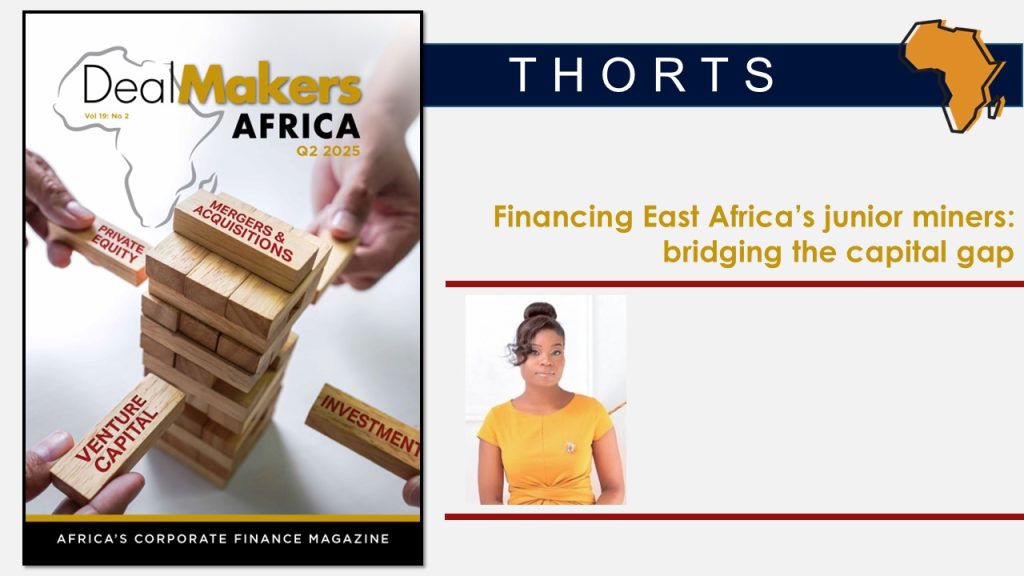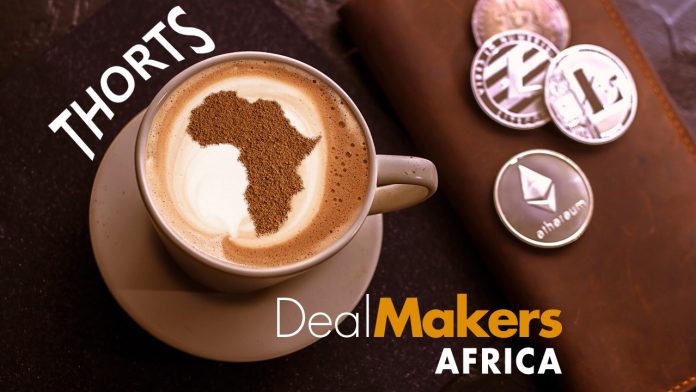For all the geological potential East Africa offers, the region’s junior miners remain caught in a familiar bind: promising assets, ambitious growth plans, but a stubborn lack of risk capital to bring projects to scale. Over the past three years, a handful of juniors with projects in Kenya, Tanzania and Ethiopia have tested the market, often relying on small equity placings, shareholder loans or piecemeal project-level deals to stay afloat. The result is a funding landscape that is still shallow and episodic, limiting the pace and scale of development.
Micro-raises and shareholder dependence
For most East African juniors, listings or dual listings on exchanges or their sub-markets is the most accessible route to capital. These are typically accompanied by small equity placements, often heavily reliant on existing shareholder support.
East Africa-focused Caracal Gold plc, for example, has leaned on this approach. Since 2023, the company has completed several modest equity raises, typically under £1 million each (RNS, April 2024). Proceeds have funded resource expansion and, more recently, restart plans following the suspension of production in early 2024. Yet Caracal’s market capitalisation hovers between £3-5 million (LSEG Market Data, 2025), underscoring the difficulty of scaling through micro-capital injections.
In Tanzania, Katoro Gold plc, an early-stage explorer in the Lake Victoria Goldfields, has walked a similar path. Its most recent £350,000 placing in Q2 2025 (AIM News, May 2025) follows a string of micro-placements stretching back to 2023, each just enough to fund incremental exploration and corporate overheads.
While these equity raises provide essential lifelines, they limit project advancement and keep most juniors in a cycle of dilution and underfunding.
Consolidation as an exit
By contrast, larger, cash-generative African producers are taking a different approach to East African gold. Perseus Mining’s A$260 million acquisition of OreCorp in 2023 gave it control of the 3Moz Nyanzaga project in Tanzania, now one of the most advanced gold developments in the region. Perseus gained a pipeline asset it could fund directly from internal cash reserves (ASX announcements, September 2023). Subsequent early works at Nyanzaga have been financed entirely from operating cashflow, avoiding external debt or equity dilution (Q3 FY25 Results, June 2025).
This is an advantage few juniors can hope to match. As such, acquisitions are another viable option for undercapitalised juniors with quality assets.
Project-level funding
Some juniors in the region are also exploring project-level financing structures tied to offtake or prepayment arrangements. For instance, Katoro Gold has publicly disclosed ongoing discussions with potential offtakers to fund its next phase of resource drilling (RNS, 12 June 2025). Similarly, Caracal Gold is evaluating offtake-backed financing structures to support Kilimapesa’s restart plans (RNS, 28 March 2025).
While East Africa has yet to see a large-scale streaming or royalty deal for a junior mining project, the concept is gaining traction in boardrooms as successful stories emerge from other parts of the continent, like the Pan African Resources’ $20 million gold prepayment facility for its Mintails project in South Africa (FY24 Results, August 2024) that has shown how offtake-linked structures can bridge the pre-production funding gap.
Hybrid approaches and creative structuring
Ultimately, juniors will need to employ innovative and hybridised models to bridge funding gaps. Shanta Gold, an East African producer, offers a useful case study. In 2023, the company raised approximately US$20 million via a convertible loan note to advance drilling and feasibility work across its portfolio, including the West Kenya project (RNS, June 2023). Shanta continues to leverage its DSE listing and free cashflows from its New Luika and Singida operations for funding flexibility (Q2 Operational Update, July 2025). While Shanta benefits from production scale that juniors lack, its use of blended capital structures points to the kind of creative solutions others may need to pursue.
Another example is East Africa Metals, which is pursuing a project-generator model. Instead of focusing on fully developing a single asset, the company has built a portfolio across Ethiopia and Tanzania, advancing projects like Harvest and Adyabo. This model involves identifying and acquiring promising mineral properties to initially explore, and then optioning or selling these projects to partners. This approach reduces balance sheet strain while keeping the project pipeline moving.
DFIs may also play a bigger role in bridging the capital gap. Institutions like the African Finance Corporation and Afreximbank have shown increasing appetite for resource-sector infrastructure and development-stage funding, albeit more commonly for larger-scale projects. Their evolving mandates may open new pathways for East Africa’s juniors, particularly as projects advance toward feasibility stage.
Crossing the chasm
East Africa sits atop world-class gold geology and global demand for critical minerals and precious metals remains strong. Yet without access to deeper pools of risk-tolerant capital, be it private, institutional or strategic, many of the region’s juniors risk staying stuck in exploration limbo.
Bridging East Africa’s junior mining funding gap will require more than incremental raises and patchwork financing. It will require a structural rethink: greater use of project-level and hybrid capital, stronger engagement with strategic partners, and a more active courting of global capital willing to invest in the region.
Noreen Kidunduhu is the Founding Principal | Noreen & Co and is an ILFA Alumni

This article first appeared in DealMakers AFRICA, the continent’s quarterly M&A publication.
DealMakers AFRICA is a quarterly M&A publication
www.dealmakersafrica.com



